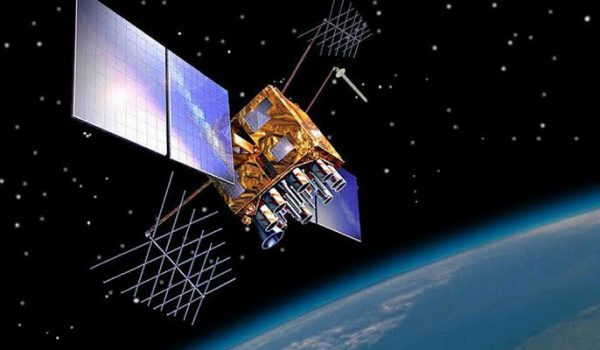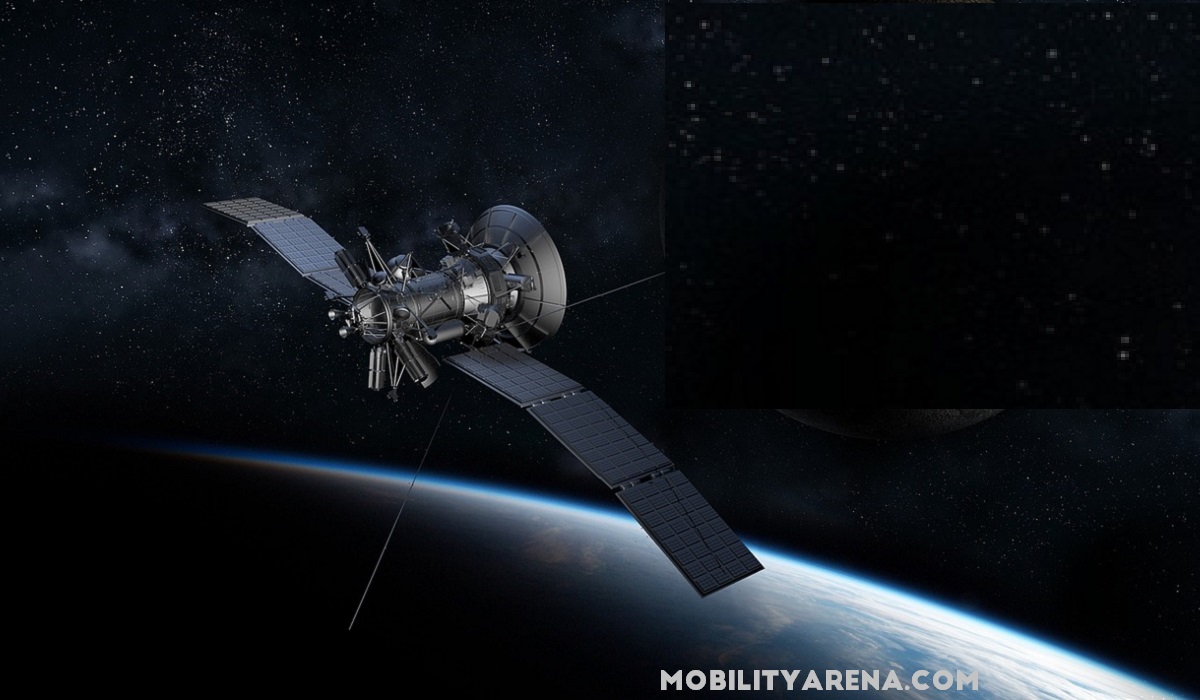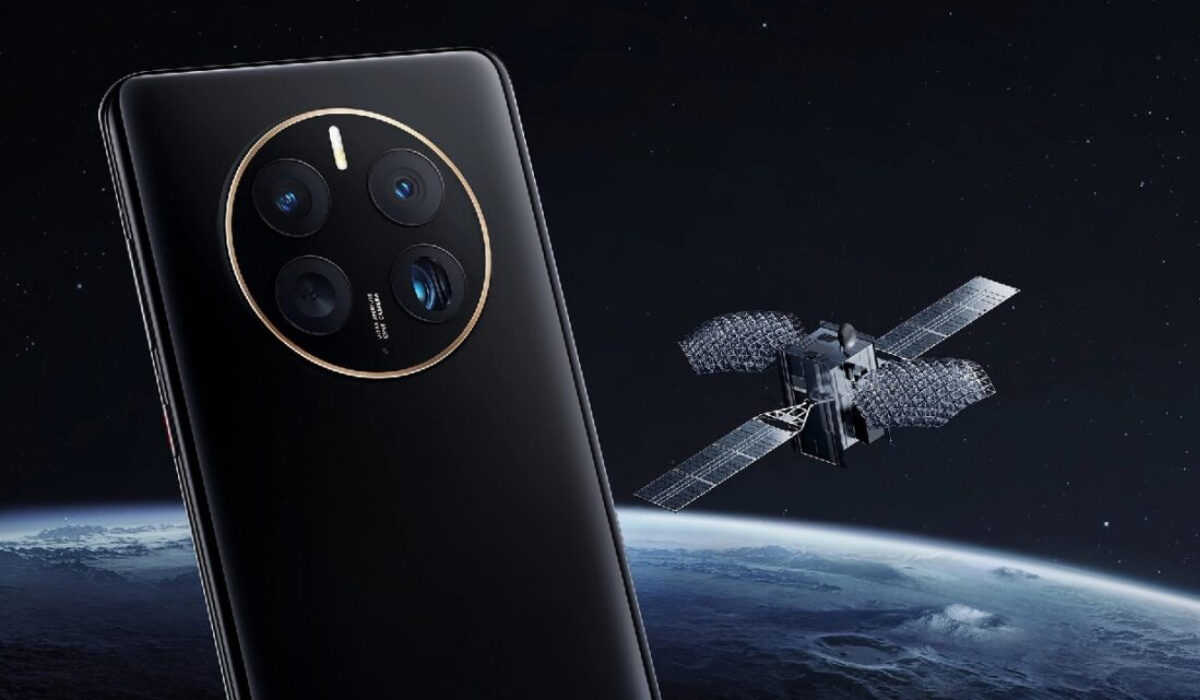The original Starlink satellite service was (and still is) incapable of working with mobile phones. You need a dish to connect to the Starlink service for internet access. But SpaceX has announced a new service, called Direct To Cell, that allows regular 4G LTE phones to connect to, and roam on, Starlink satellites for voice, text, and data, when out of range of terrestrial cell towers.
It means, if you are subscribed to the service, you will never be without network coverage ever again. Simply put, Starlink Direct To Cell is the end of mobile dead zones for millions of cell phone users around the world.
Table of Contents

How Starlink Direct To Cell Service Works
Starlink is going to launch I to space a new set of satellites with Direct to Cell capability. These satellites will have an advanced eNodeB modem onboard that acts like a mobile phone tower in space, “allowing network integration similar to a standard roaming partner”. In other words, this is a roaming service but uses satellites to provide the coverage you need.
If your mobile network operator is a roaming partner to this service, you will be able to roam on Starlink’s satellite network whenever you are out of your network operator’s coverage area. When fully implemented, you will be able to do text messaging, voice calls, and internet in the most remote parts of the planets, as long as you can see the sky.
Now, you can go on a boat cruise, camp on a remote island, or travel the Sahara desert, without having to do without wireless service. Think of all the possibilities.

What Equipment Or Hardware Do You Need To Use Starlink Direct To Cell?
At this point, you are already likely wondering what kind of add-on hardware you need to pair with your smartphone for this to work. Surprise! None. If you use a 4G LTE smartphone, it is already compatible with the beams from Starlink’s Direct To Cell satellites. You do not require any changes to your phone, any accessory, any software update, or special app, to be able to use this satellite roaming service.
Direct to Cell satellites operate like a cellphone towers in space. As long as your LTE smartphone has a clear line of sight to the sky, it will connect.
When Is This Going To Be Available?
Starlink says the service will kick off in 2024 with test messaging (SMS) only at first. Then, in 2025, voice and data will become available on the service, followed by access to iOT that same year. So, as exciting as this is, you have to wait till 2024 to be able to use it. When in 2024? I have no idea yet. Starlink has not specified.

How Much Will Direct To Cell Cost?
There is no publicly available I formation about the pricing and tariffs for this service yet. Of course, it will cost you a bit. Roaming services tend to be expensive. Seeing as this one is using satellites for its wireless transmission, it isn’t likely to come dirt cheap. We shall wait for SpaceX to announce tariffs.
Which Carriers Are Direct To Cell Global Partners?
A few carriers (mobile network operators) have already signed up as Direct To Cell partners. They include:
- T-MOBILE (USA)
- OPTUS (AUSTRALIA)
- ROGERS (CANADA)
- ONE NZ (NEW ZEALAND)
- KDDI (JAPAN)
- SALT (SWITZERLAND)
I expect that many others will jump on this service as soon as they can. Starlink Direct To Cell is groundbreaking in every way. For the first time ever, regular smartphones will be able to maintain wireless connectivity regardless of their location.
This is different from recent developments in the industry in which certain smartphones have satellite connectivity built into them. In contrast, the 4G smartphone you have in your hand now will work with Direct To Cell. Any 4G smartphone at all. Welcome to the future.